News Beat
News Beat reporting is an idrw.org initiative to let our Readers to report News Based on Actual facts but some how has not been reported in Main Stream Media .
SOURCE: RAUNAK KUNDE / NEWS BEAT / IDRW.ORG
The Indian Ministry of Defence (MoD) is expected to approve plans for the development and production of an electro-optical (EO) satellite weighing between 150-200 kg. This satellite will serve as a space-based intelligence, surveillance, and reconnaissance (ISR) asset, providing backup support in case primary military satellites become disabled.
Under the project named Veda, or Vehicle for Defence Application, the Defence Research and Development Organisation (DRDO) is already engaged in the development of a three-stage, solid-propellant rocket. This rocket is designed to deploy defence satellites into lower orbits, enabling various applications such as surveillance, communication, and navigation for the Indian armed forces.
Continue readingSOURCE: RAUNAK KUNDE / NEWS BEAT / IDRW.ORG
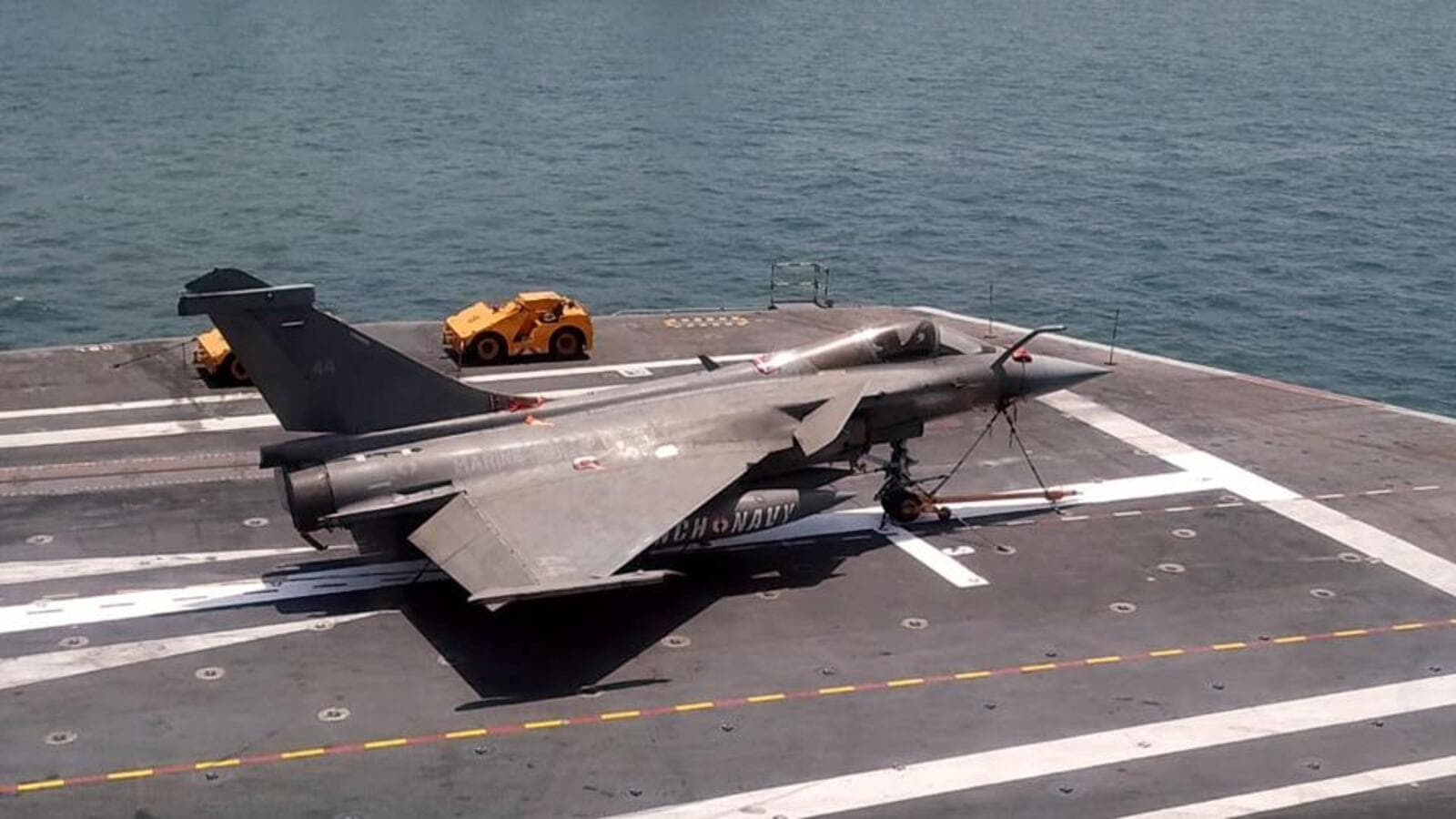
India is likely to declare the winner of the tender for its deck-based fighter jet requirements for its aircraft carrier later Prime Minister Narendra Modi will attend this year’s Bastille Day Parade in Paris as the guest of honor on July 14 in France but the deal will not be inked this year as per information provided by people familiar with the matter to idrw.
Although the signing of the agreement is anticipated to take place in 2024, While the announcement of the preferred bidder is anticipated during Prime Minister Modi’s visit to France, the finalization of the deal will likely be postponed until after the upcoming general elections. This decision aligns with the standard practice of deferring major defence contracts during the election period to avoid potential controversies and political implications.
Continue readingSOURCE: RAUNAK KUNDE / NEWS BEAT / IDRW.ORG

India’s Defense Research and Development Organization (DRDO) has embarked on the development of a Long-Range Multiple Rocket Launcher program. The project aims to create solid-fueled 300mm rocket projectiles equipped with various warheads, surpassing the performance capabilities of the Russian BM-30 Smerch heavy self-propelled 300mm multiple rocket launcher.
According to sources familiar with the matter have told idrw that, DRDO will focus on developing 300mm rockets with firing ranges of 120km and beyond, which will play a crucial role in the upcoming Integrated Rocket Force. The unguided 300mm rockets will undergo enhancements in terms of navigation and targeting systems, incorporating improved tactical and technical features.
Continue readingSOURCE: RAUNAK KUNDE / NEWS BEAT / IDRW.ORG
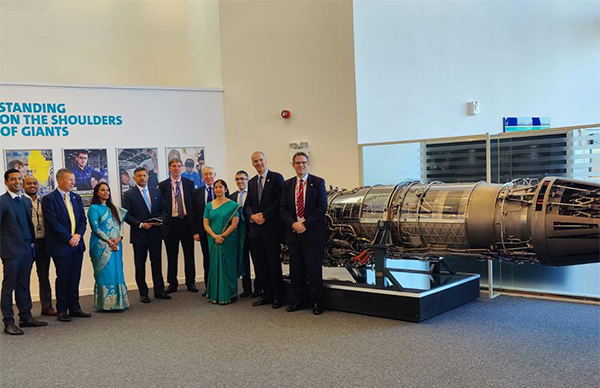
British aerospace and defence company, Rolls-Royce, is currently under scrutiny for alleged corruption in the procurement process of the Hawk 115 Advanced Jet Trainer aircraft for the Indian Air Force and Navy. The allegations suggest that intermediaries were involved, and the company made illicit payments to swing the deal. This information was revealed in a First Information Report (FIR), and a British court order from 2017 also mentioned the company’s alleged complicity.
If found guilty of the violations, Rolls-Royce could face severe consequences. It may be debarred from undertaking any Government of India projects for the next five years, and a penalty would eliminate any possibility of the company engaging in a joint development venture for the new engine of India’s AMCA 5th Generation fighter jet program.
Continue readingSOURCE: RAUNAK KUNDE / NEWS BEAT / IDRW.ORG
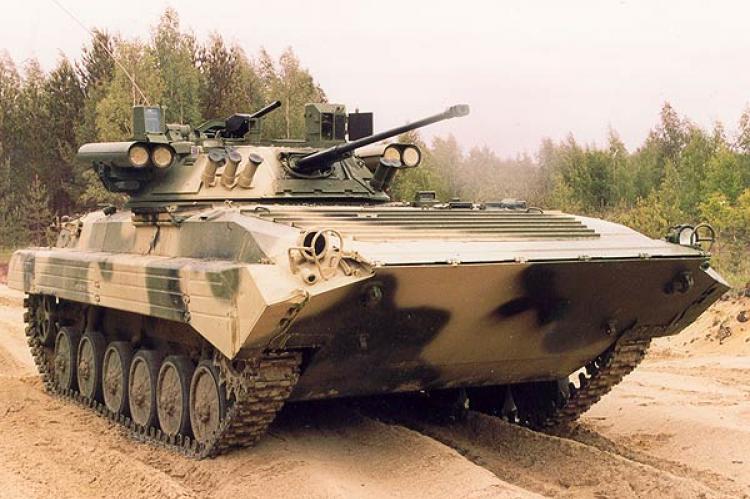
The Ministry of Defence of the Government of India has expressed its intention to procure approximately 5,000 Fire & Forget Anti-Tank Guided Missile (ATGMs) along with 500 Launcher Systems that will be adapted on BMP-2/2K vehicles.
In a Request for Information (RFI) issued, the purpose is to finalize the Specific Qualitative Requirements (SQRs), determine the procurement category, and identify potential Indian vendors capable of supplying Fire & Forget ATGMs and Launcher Systems adapted on BMP-2/2K within three years from the contract’s award. The expected quantity is approximately 1,750 Fire & Forget ATGMs along with 175 Launcher Systems adapted on BMP-2/2K per year.
Continue readingSOURCE: RAUNAK KUNDE / NEWS BEAT / IDRW.ORG

The Cabinet Committee on Security (CCS) is anticipated to approve the development of a comprehensive Unmanned Combat Aerial Vehicle (UCAV) program by mid-2024. This decision will follow the conclusion of all tests conducted by the Stealth Wing Flying Testbed (SWiFT) UAV, the precursor technology demonstrator project for the UCAV.
Last year, the SWiFT completed its inaugural flight from the Aeronautical Test Range in Chitradurga, Karnataka. The test exhibited flawless performance, including take-off, way-point navigation, and a smooth touchdown, all while operating in a fully autonomous mode.
Continue readingSOURCE: RAUNAK KUNDE / NEWS BEAT / IDRW.ORG
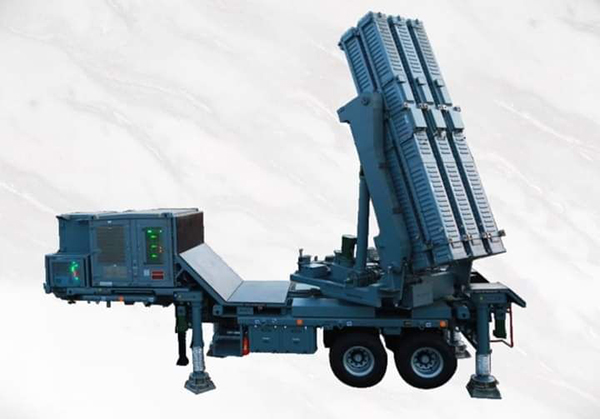
Akash-NG, a short-range mobile surface-to-air missile system (SRSAM) developed by DRDO, is set to receive clearance for production. Officials from BEL have stated that a deal for production may be finalized within the next three months. The last test of Akash-NG in 2021 yielded successful results, with system performance validated through data captured by various radar, telemetry, and electro-optical tracking systems deployed at ITR, Chandipur.
During the test, Akash-NG demonstrated its all-weather capability by successfully engaging a high-speed unmanned aerial target, even in adverse weather conditions. Notably, the missile employed an indigenous RF Seeker, highlighting its technological advancements.
Continue readingSOURCE: RAUNAK KUNDE / NEWS BEAT / IDRW.ORG
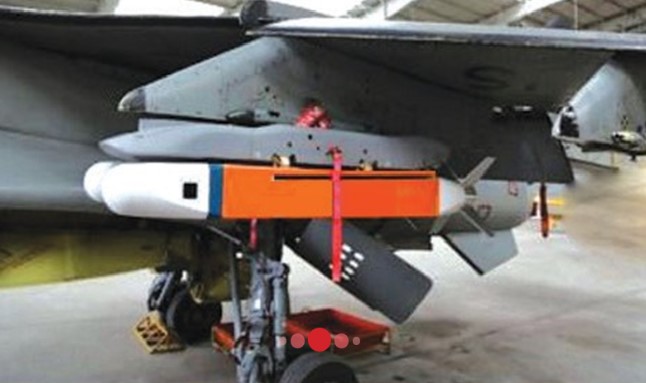
India’s Defence Research and Development Organisation (DRDO) has successfully developed the Smart Anti-Airfield Weapon (SAAW), a long-range precision-guided anti-airfield weapon. Now DRDO plans to see that SAAW will be incorporated into a mother missile, known as the Smart Weapon Multi Carrier (SWMC), which will unleash multiple SAAW projectiles to selectively neutralize enemy targets such as ammunition depots while minimizing collateral damage.
This innovative concept of a mother missile with miniaturized missiles equipped with independent seekers significantly enhances the range and versatility of the SAAW system.
Continue readingSOURCE: RAUNAK KUNDE / NEWS BEAT / IDRW.ORG
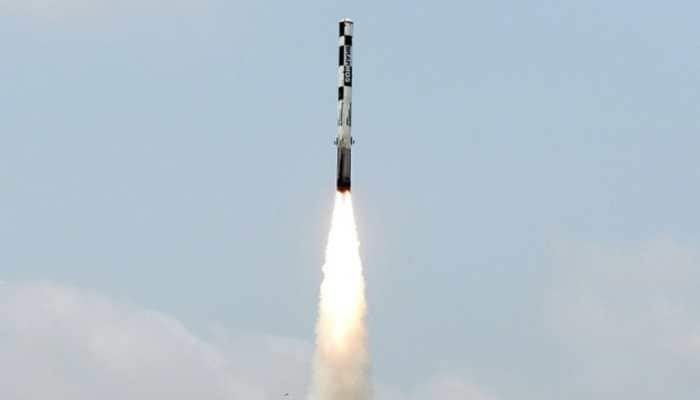
The Indian Army, which currently operates four regiments of BrahMos supersonic cruise missiles, is set to procure two additional regiments with an extended range of 800km. This move highlights the Army’s commitment to strengthening its offensive capabilities and enhancing its operational reach. The deployment of the 3rd and 4th BrahMos regiments in 2016, equipped with the Block III variant of the missile, bolstered India’s defence capabilities along the China border in the northeast region.
The Block III variant of the BrahMos missile introduced trajectory maneuvering and steep-dive capabilities, specifically tailored for mountain warfare scenarios. Following India’s inclusion in the Missile Technology Control Regime (MTCR) in 2016, the software limitations were lifted, resulting in an increase in the missile’s range from 290km to 450km.
Continue readingSOURCE: RAUNAK KUNDE / NEWS BEAT / IDRW.ORG
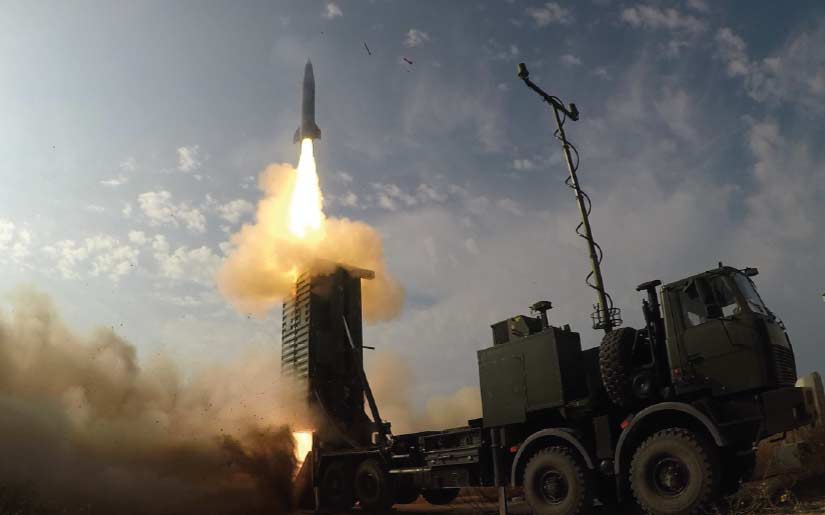
India’s state-run Bharat Electronics Limited (BEL) is currently engaged in discussions with the Indian Army and Indian Air Force (IAF) for the acquisition of the Long-Range Artillery (LORA) surface-to-surface missile system.
Developed by Israel Aerospace Industries (IAI) ‘MALAM’ division, this sea-to-ground and ground-to-ground missile system offers a long-range ballistic capability jointly developed with India. With its versatile applications and impressive precision, the LORA system has already been successfully inducted into the Indian Navy.
Continue readingSOURCE: RAUNAK KUNDE / NEWS BEAT / IDRW.ORG

India’s state-owned Hindustan Aeronautics Limited (HAL) and General Electric (GE) are set to sign an agreement that will pave the way for the development of infrastructure to support the production and testing of the new F414-INS6 engine for the Tejas Mk2 fighter jet in India. While India is not the first country to locally assemble this engine, South Korean company Hanwha Techwin has also signed an agreement with GE to manufacture F414 engines for the KF-X aircraft.
GKN Aerospace, based in Trollhättan, Sweden, also plays a role in local engine production. They manufacture the RM16 fighter engines for the JAS 39 Gripen, which are based on the GE F414 aero-engine. The RM16 engine has been tailored in collaboration with GE and Gripen manufacturer Saab for the Gripen-E fighter jet, which entered production in 2021. GKN Aerospace completed the successful first engine run for the advanced RM16 engine last year. However, the components manufactured locally remain consistent in both agreements.
Continue readingSOURCE: RAUNAK KUNDE / NEWS BEAT / IDRW.ORG
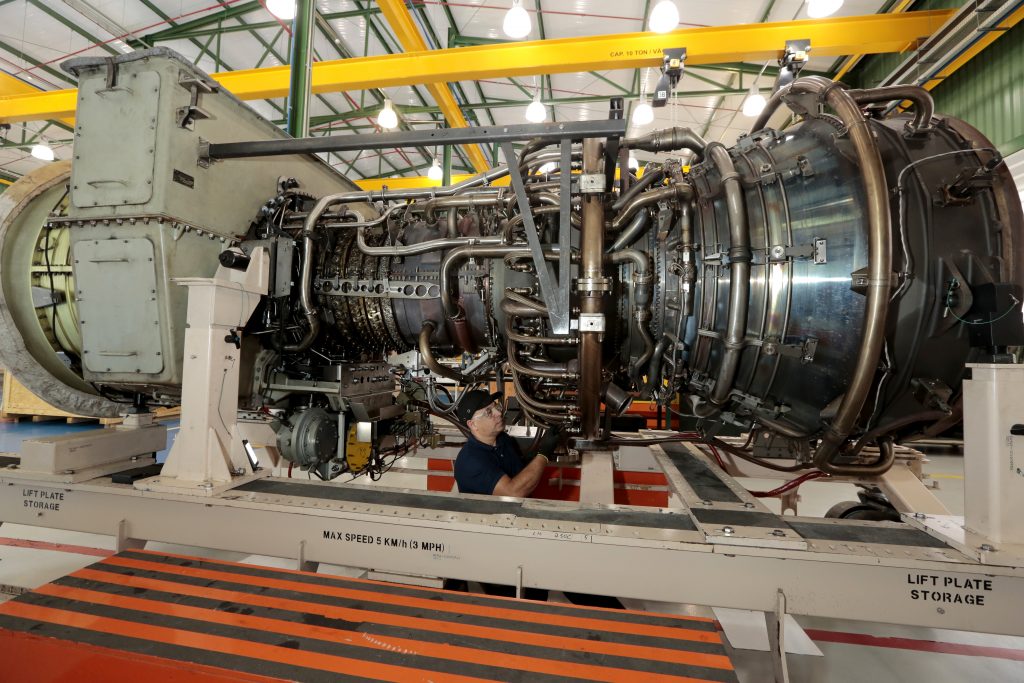
India is determined to reduce its dependency on Ukraine for gas turbine engines built by Zorya-Mashproekt by developing indigenous alternatives, as the ongoing conflict in Ukraine raises concerns about the country’s stability. This move will have significant implications for India’s future warship programs, as more than 150 Zorya-Mashproekt gas turbine engines are currently in operation on Indian Navy ships.
While India’s marine gas turbine programs have a long way to go, the country is actively seeking collaboration with GE Marine to develop India-specific marine gas turbine engines. These engines will replace some of the older Ukrainian engines and power the next generation of warships in the Indian Navy.
Continue readingSOURCE: RAUNAK KUNDE / NEWS BEAT / IDRW.ORG
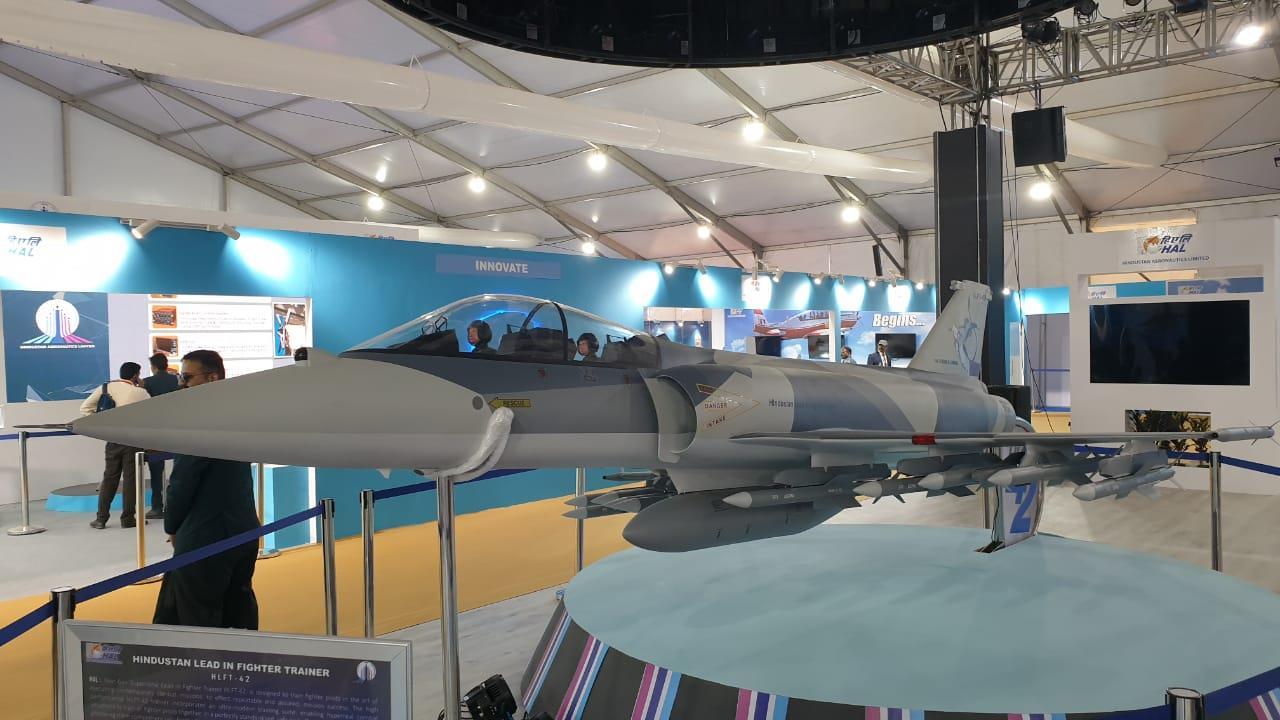
Hindustan Aeronautics Limited (HAL), in its pursuit of developing the next-generation Hindustan Lead-in Fighter Trainer (HLFT-42) for the Indian Air Force, is contemplating the use of higher-thrust engines. HAL envisions that the current F414 GE engine may be replaced with more powerful engines for the production variant of these jets when they are ready to enter production.
HAL is actively engaged in the development of the Hindustan Lead-in Fighter Trainer (HLFT-42), which will serve as a crucial training platform for the Indian Air Force. While the project is currently in its infancy, HAL has expressed its intention to explore more powerful engine options for the production variant of the aircraft. This move aims to enhance the performance capabilities of the HLFT-42 and ensure that it meets the evolving requirements of the Indian Air Force.
Continue readingSOURCE: RAUNAK KUNDE / NEWS BEAT / IDRW.ORG
In 2021, Hindustan Aeronautics Limited (HAL), a state-owned company, unveiled its Combat Air Teaming System (CATS) family, consisting of “loyal wingmen” or “manned-unmanned warriors.” Mock-ups of these systems were showcased at the Aero India 2021 exhibition in Bangalore. One of the systems presented was the Hunter, a low-observable, long-range, air-launched cruise missile weighing 600kg.
The Hunter is set to be powered by a single PTAE-7 turbojet engine with a thrust of 4.2kN and has a range of 200km. Initially, there were discussions about the missile’s reusability, with plans to recover the missile after it drops its 250 warheads using parachutes. However, sources familiar with the matter have confirmed to idrw that the final configuration of the Hunter missile will undergo further refinements, possibly abandoning the reusability factor to enhance its long-range capabilities.
Continue readingSOURCE: RAUNAK KUNDE / NEWS BEAT / IDRW.ORG
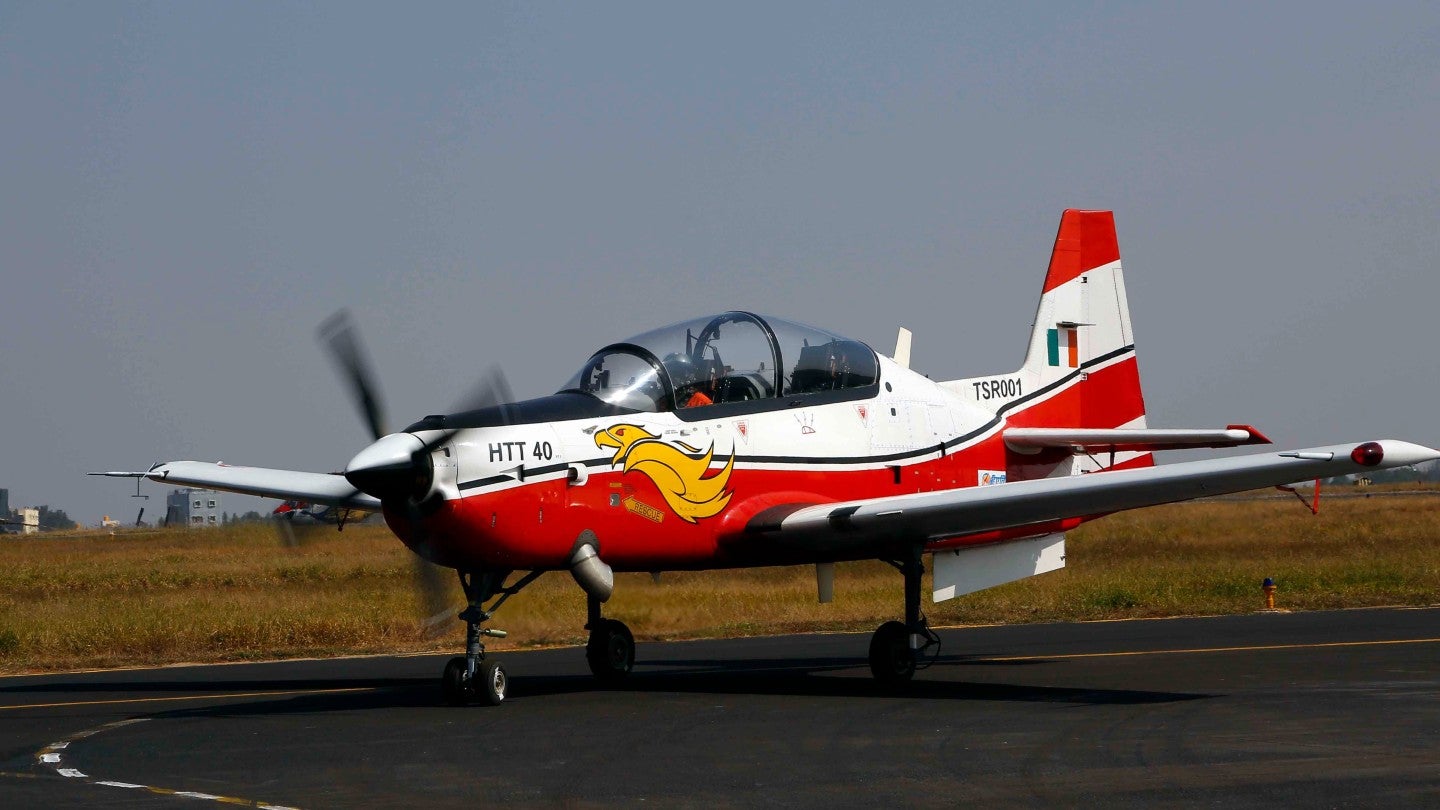
India’s indigenous Hindustan Turbo Trainer-40 (HTT-40) aircraft, which has already secured a 70-unit order from the Indian Air Force (IAF), has garnered attention from several countries expressing interest in the aircraft. Officials from Hindustan Aeronautics Limited (HAL), a state-owned company, have confirmed ongoing talks with these interested nations, indicating the potential for future exports.
HAL is making preparations to commence deliveries of the HTT-40 from September 2025 onwards. Furthermore, the company is confident about securing an additional order of 36 aircraft from the IAF shortly. While HAL currently has no plans to develop an armed variant of the HTT-40, the company remains open to the idea of customizing the aircraft to meet specific requirements if requested by potential customers.
Continue reading